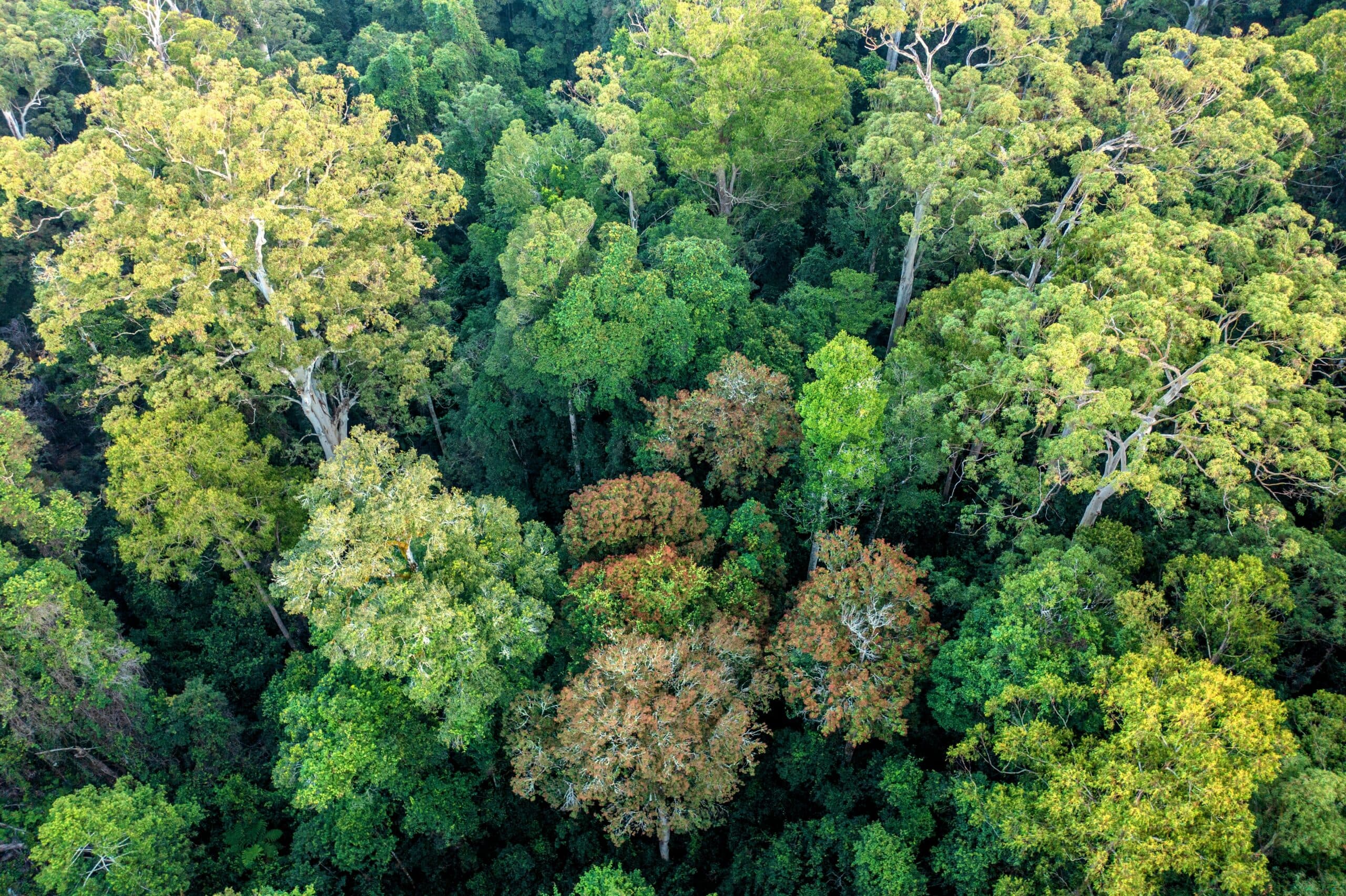
Diverse forests are more resilient and productive
Forests with higher levels of diversity are more resilient to extreme weather conditions than forests with fewer species, according to a new study led by the Chinese Academy of Sciences Headquarters. The researchers also found that diverse forests with a greater number of species grow more consistently and produce more wood.
The study was focused on data from the Biodiversity Ecosystem Functioning Experiment China (BEF-China), the world’s largest experiment studying forest biodiversity and the functioning of ecosystems.
In recent decades, forests are under an increasing amount of stress as a result of climate change and they do not always have the ability to adapt to rising temperatures. The trees experience reduced growth and carbon absorption, which acts as a reinforcing feedback factor that further drives global warming.
When the forests suffer, ecosystems services like climate regulation, water storage and the provision of materials for building also decline.
The researchers set out to identify the factors that influence the functioning of forests under environmental stress and how these factors interact. The study revealed that diverse forests are best safeguarded against the effects of climatic stress.
For example, explained the study authors, if some tree species in a forest grow less due to extreme weather conditions such as heavy rainfall or drought, others can counterbalance the loss. This stabilizes the overall forest system.
The study also showed that diverse forests provide more stable timber growth and wood production than less species-rich forests because they have improved weather protection.
Study lead author Florian Schnabel said that the connection between species richness and stable productivity, as well as the mechanisms underlying this connection, had previously only been shown in grassland experiments.
“We can now, for the first time, show this under experimental conditions for highly diverse subtropical forest ecosystems.”
The experts report that the stability of forest growth in this study was not primarily linked to the number of different tree species – but to their different functional characteristics. While one tree species may grow well in a wet year, another grows better a dry one. These characteristics and interactions affect the growth stability of the entire tree community.
“In particular, the trait based mechanism underlying the links between tree species richness, asynchrony and community stability remain unknown for forests,” said study co-first author Dr. LIU Xiaojuan.
The findings suggest that drought tolerance, hydraulic conductance, and evaporative capacity are especially important factors in tree growth stability. The more diverse the characteristics of a forest community, the more stable that the community’s biomass production rate will be under unstable environmental conditions.
The study is published in the journal Science Advances.
–—
By Chrissy Sexton, Earth.com Staff Writer












